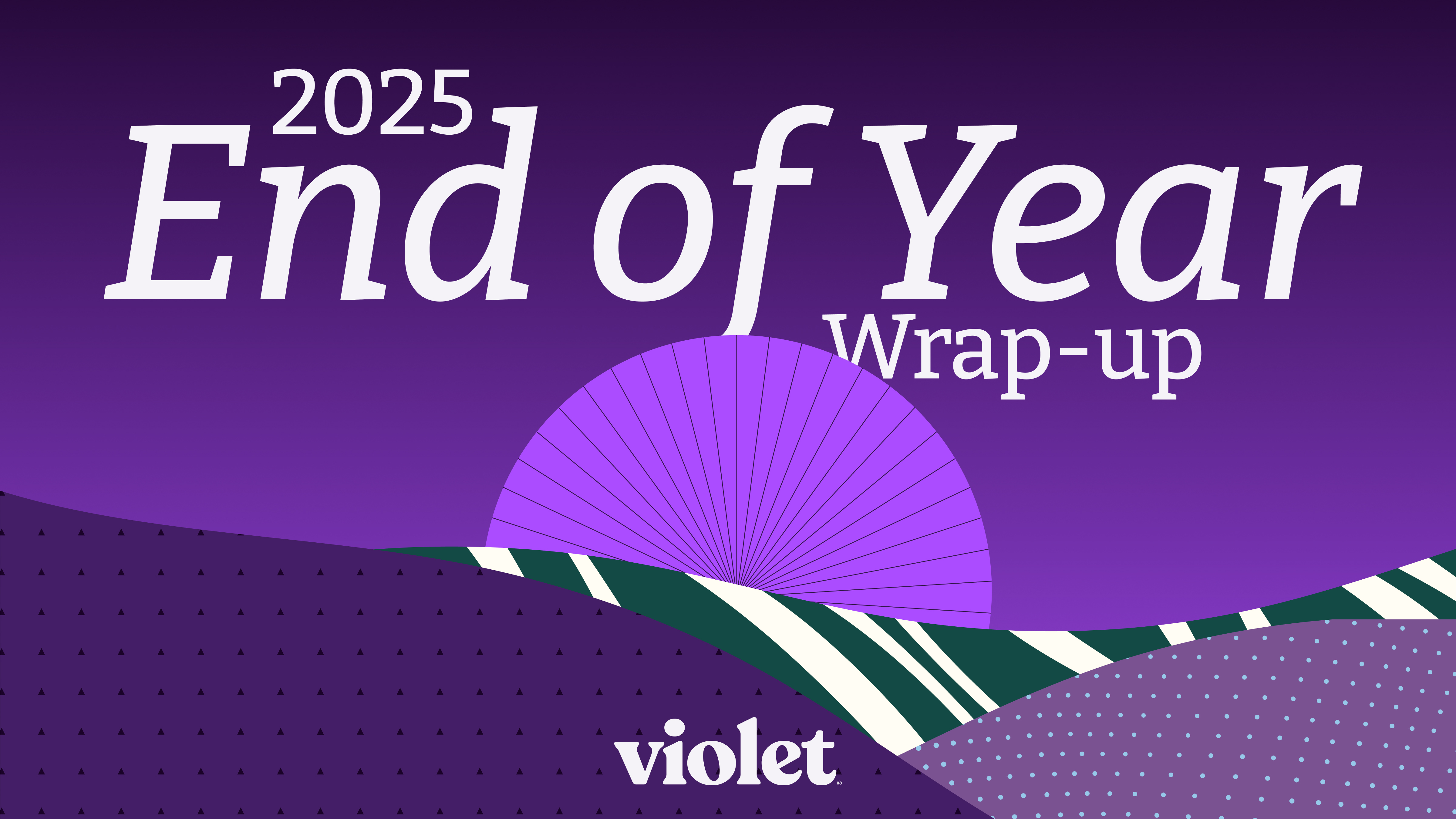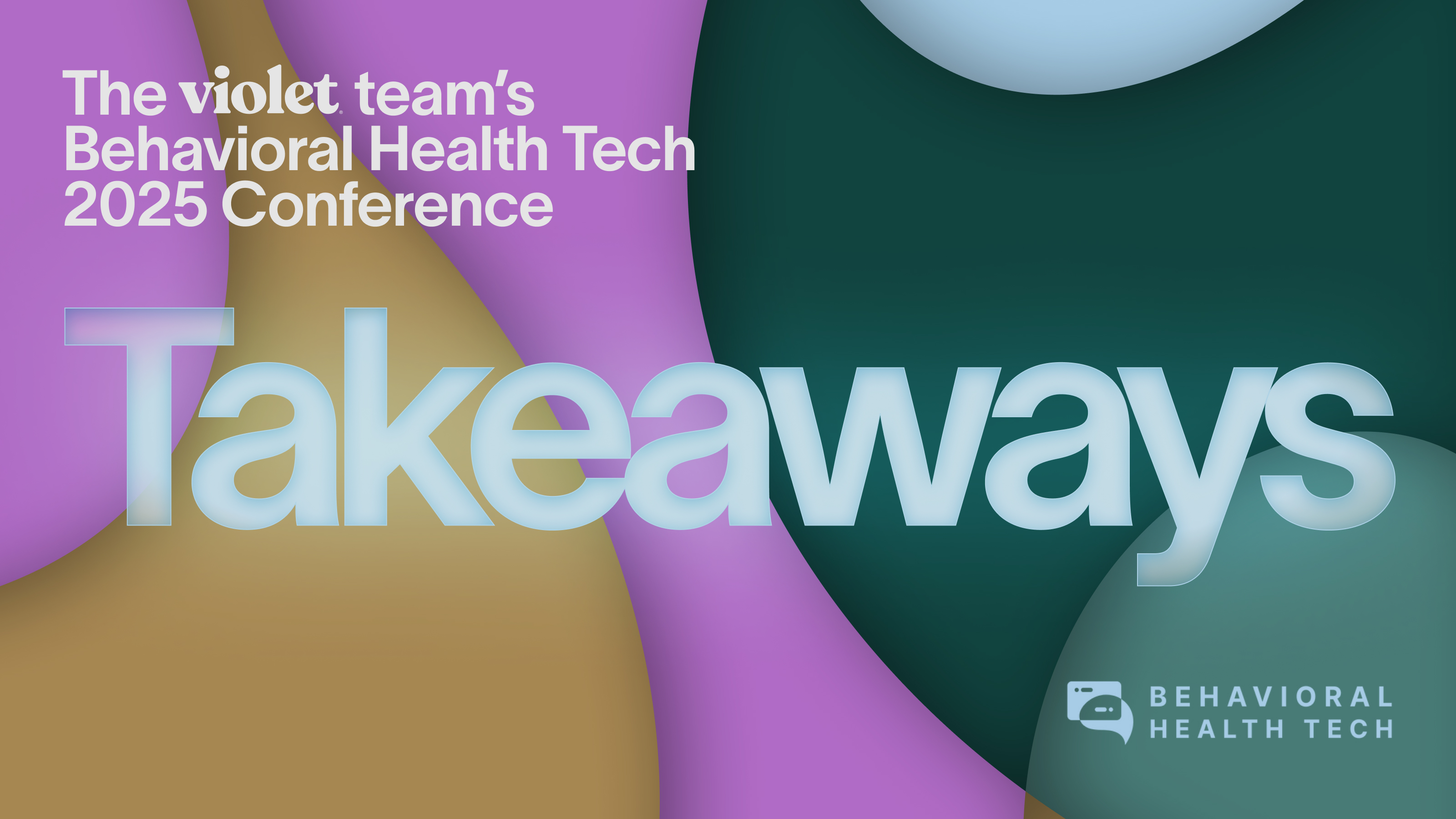Some years ago, I began to experience a series of unexplained medical symptoms that led to disappointing and frustrating encounters with the health care system. I eventually began to manage it, but at the beginning of last year, I found myself faced again with some new symptoms. I needed to find a new primary care provider to help make sense of what was happening and instead of leaning on traditional methods, I turned to a local LGBTQ+ facebook group. As a queer, genderqueer person with chronic health issues, this was the method I trusted most.
I share this story often when I speak about culturally competent care, because it feels so striking. As someone who has the privilege of both the highest access to health care in the US, as well as extensive knowledge of the health care system itself, I was still unable to access care that felt safe and appropriate for me by searching via my insurance or other public directories. Add in language barriers, racism and discrimination, lack of insurance or a myriad of other access to care issues that patients may face, and finding any care at all — let alone safe and appropriate care — can seem daunting.
The health care system has to do better. Access to health care in the United States is a well known issue, but what isn’t being talked about is that access to quality, culturally competent care is a part of the equation of access. But how do you begin to increase access when there isn’t even a standard definition of cultural competence, let alone a way to measure it? Culturally competent clinicians are everywhere, but how can patients find them?
Although some of the first mentions of cultural competence came in the 1980s along with extensive research and theorizing, the health care industry as a whole didn’t have a single definition of the concept, let alone a way to quantify it outside of self-reported measures. So the first work I did for Violet was to create our cultural competence framework and design a way to measure it. The framework is built upon existing academic and clinical literature and is informed by clinician and patient interviews. The framework incorporates different elements such as lived experience, work experience, education and training, cultural humility and communities of interest.
With this framework, we’re able to move beyond self-attestation or lived experience as the only proxy for cultural competence, to a standardized, integrated benchmarking system. It’s important to acknowledge that cultural competence is a dynamic process of growth that not only requires learning and experience, but also introspection, curiosity, and a willingness to learn about one’s own relationship to culture, to privilege, and the world at large. Thus, the framework aims to highlight clinicians who excel in treating and passionately work with specific communities and can help other clinicians start to grow in providing inclusive care.
Finally, the framework itself is community-agnostic, but is used to benchmark cultural competence with specific communities, starting with those most affected by health inequity in this country. Perhaps most importantly, the framework is built with intersectionality at its core, taking into account that each of us can carry multiple identities with us in life and into the exam room.
We started Violet with the personal, community, and industry understanding that inclusive care needs to become the norm and that cultural competence is a primary factor of effective treatment of culturally diverse patients.
But cultural competence is more than a box-checking exercise or a 1-hour CE requirement, it’s an ever-evolving journey that individual clinicians and health systems can undertake.
Our health care system needs to do better and this is my way to start, so that one day our best care routing system doesn’t involve a Facebook group, but a validated system that we can all trust.

.svg)





.png)



.png)

.svg)



.svg)

